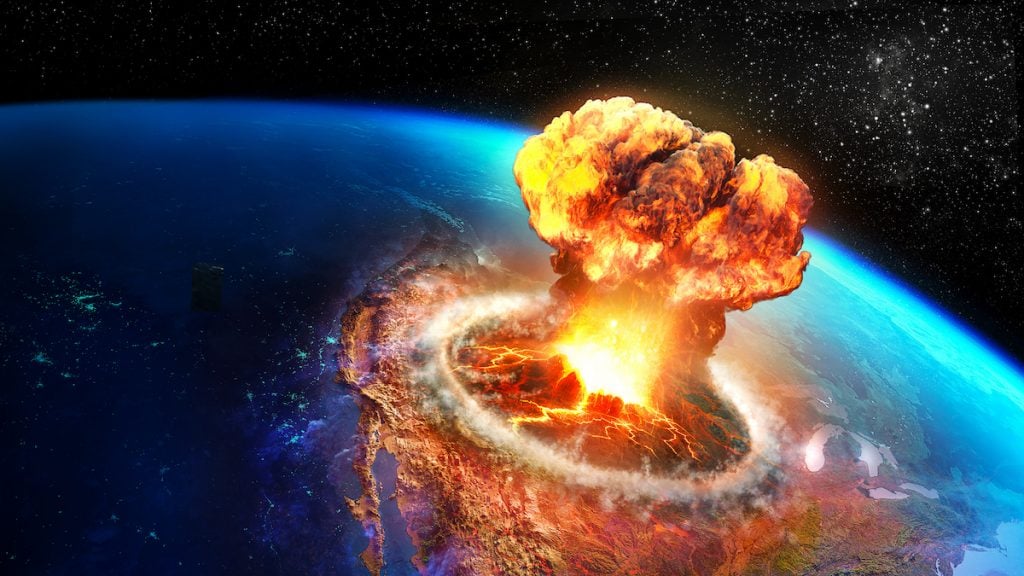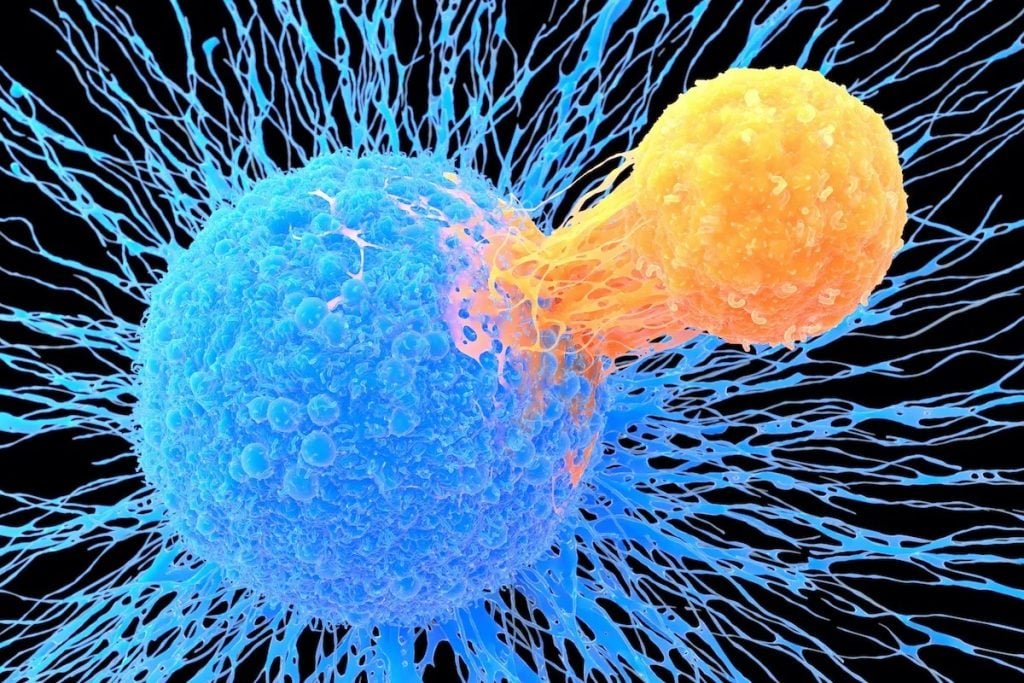What’s the scariest and strangest thing that you can imagine? Maybe some horrifying monster? Innocent people dying in senseless wars? No Wi-Fi signal? All that pales in comparison with scientific discoveries. Or in other words: nature, you scarry!
Here’s a list of the most terrifying scientific discoveries we’ve discovered so far.
1. Climate Change
The Earth’s atmosphere lets in the solar energy from space but keeps the carbon dioxide and methane inside. As a result — the Earth heats up like in a greenhouse. Scientists believe that carbon dioxide in the air is the highest it’s been in the last 14 million years. The effects of global warming — drought, floods, salinization — will hit agriculture, causing a food crisis and the disappearance of some products. For example, by 2080, the coffee tree may be completely gone. New epidemics will be an obvious consequence of climate change, as global warming could “awaken” prehistoric viruses in glaciers. Our only hope is to get rid of all the fossil fuels and stop deforestation. But we all know that won’t happen, so stock up on some sunscreen lotions.

2. Yellowstone Supervolcano
You may think the Yellowstone National Park is a great place to visit. After all, where else will you see the Old Faithful spraying his mighty geyser waters over hundreds of tourists about 20 times a day. And on the surface, you’d be right, but if you dig a little deeper, you’ll be terrified! This whole area is situated on an ancient supervolcano. To put things into perspective, if this thing erupts, and the scientists say it just might, the whole world will be either destroyed or thrown into the dark ages.

3. Invisible Germs
Did you know that up until the 19th century, humans had no idea that germs even existed? That’s right. Before that, every illness was blamed on either witchcraft or miasma. What would our ancestors think if we told them there are trillions of tiny organisms just hanging around in the air, water, food, and even human bodies? Modern grandparents can barely get past TV remotes, so imagine the reaction of someone from 200-300 years ago. Even though we know about these microorganisms, it’s still creepy how they invade our bodies. Thank science for effective treatments!

4. How Big Is The Universe?
The short answer to this question is “unfathomably vast; probably infinite and ever-expanding.” Our puny little minds can’t even imagine just how enormous the universe is. That’s right; even human imagination can’t begin to operate with billions upon trillions of stars, solar systems, galaxies, nebulae, and everything in between. From our perspective, the Earth is massive, the sun is 333,000 times bigger than our planet, and the solar system spans billions of miles. Like 99.9% of all this space is cold, empty void, probably filled with anti-matter. So that’s just one solar system in a galaxy, containing over a hundred billion other stars. And there are billions of galaxies out there flying through the fabric of the universe at neck-breaking speeds. Here’s a cool number for you: 93 billion light-years. That’s the supposed diameter of our visible universe. Who knows what lies beyond that?

5. Mass Extinctions
As far as we know, there have been at least five planetary-scale extinction events. The first two were kind of test runs with tons of sea creatures either evolving or getting hit by an unknown meteor or something. Then there’s the end of the dinosaur era 66 million years ago, the largest mass extinction in the history of the planet around 250 million years ago which wiped out over 90% of all species, and the extinction of mammals 33.9 million years ago. The causes of these events are contradictory, but they are often extraterrestrial or simply caused by massive volcanic eruptions. Some scientists theories that the Earth is currently trying to fend off yet another extinction, with over one million species being at risk of disappearing.

6. Black Holes Suck
What is denser than the brainwashed backwater Russians who think NATO wanted to invade their crap-filled country? You guessed it: black holes! Now, unlike the said Russian, the black holes are a phenomenon that scientists can at least attempt to understand. In fact, Einstein’s theory of relativity predicted these monstrosities before anyone even got a glimpse of them. Which, technically, I should say the “absence of gleaming.” Either way, black holes are created when stars turn into supernovas and implode on themselves, thus becoming supermassive to the point where even light gets sucked into them. Our sun will also become an all-engulfing hole one day, but we still have time before that.

7. Radioactive Materials
Radiation is often called the unseen killer because without the proper technology, you can’t even tell if you’re being bombarded by billions of radioactive particles at any given moment. Remember the famous scientist Marie Curie? Her early research of potent radioactive materials was a real breakthrough, but it also spelled out her death. It turns out that x-rays and long-term exposure to radioactive materials are not very good for your health. But to top it off, even her cookbooks and newspapers that were casually lying on her desk in the 1890s are still considered dangerous and can only be handled when wearing special protective suits.

